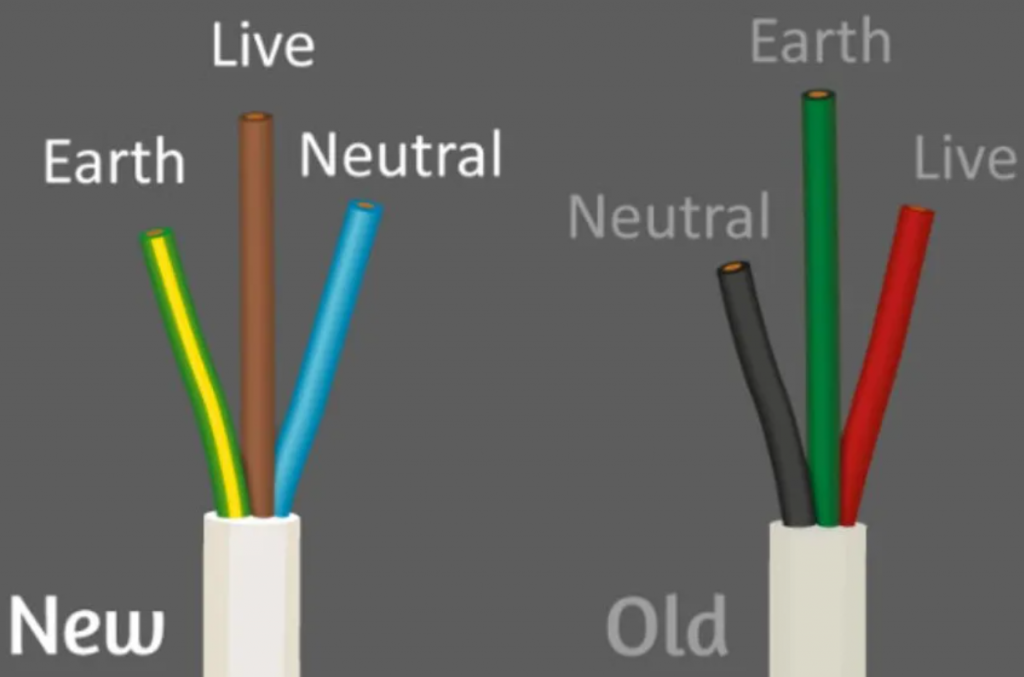Our Planet Earth has existed for approximately 4.5 billion years, and we have only enjoyed domestic electricity for about 150 of them. Electricity is now something we absolutely take for granted: to light and heat our homes, cook our food, charge the devices to entertain us and much more. On the rare occasion of a power outage, we spring to our pre-charged smartphones to enquire about the cause, and more often than not are able to utilise stored electricity in some form until usual service resumes.
Yet, due to its convenience and normality within our modern lives, we tend to forget that electricity has the power to kill humans when manhandled, and around 2.5 million Brits receive an electric shock annually. That’s a shocking (!) 4% of the population falling foul each year to everything from electrical fires to fatal incidents, often sadly because of faults around their house.
Today we will explore the most common current (ok I’ll stop now) reasons for an electrical mishap, and how you can safeguard yourself against them.
Old Wiring
It’s the main culprit for sure – old or faulty wiring will lead to electrical fires or immediate shocks. Even if you’re not a sparky, you can still learn to distinguish between old and new wiring from the colouring. Old plug wiring consists of a red live wire, black neutral wire and a green/yellow or a pure green protective earth (PE) wire:

Plugs with modern wiring contain a brown wire that is live, a blue neutral wire and a green/yellow PE wire. Broadly speaking, the wiring connections in new plugs are the same as in old ones but with different colours for the neutral and live wires.
As well as this, if you have any of the following in your house, get in touch with us today for us to check them out safely:
- Cables coated in black rubber were phased out in the 60s
- Cables coated in lead or fabric were installed pre-60s
- A wooden-backed fuse box or cast iron switches would be pre-60s
- Wall-mounted light switches in the bathroom are pre-60s
Extension Cords
If the back of your TV, or by your bedside table looks like the image below on a permanent basis, please reconsider installing some additional sockets to cope with your electrical appliance demand. Misuse of extension plugs and leads is one of the biggest electrical offenders in the UK, not helped by the fact that appliances are often plugged into them constantly throughout the day and night, silently overheating, resulting in melted sockets or worse case scenario, house fires.

If you do have a lot of devices, think about only plugging them in when you need to use them, as the purpose of extension leads was originally for that exact use only – such as when you needed additional electricity to mow the lawn or vacuum your car. Additionally, make sure the extension lead you’re using is up to the job – the capacity should well exceed the electrical demand you’re placing on the cord.
Chargers
We literally can’t live without them, needing a charger for everything from our phone, laptop and kids’ tablets to our vacuum cleaners and toothbrushes! And while the original charger that came with your device may be compliant with UK properties and our electrical systems, there’s a high chance that any replacement or ‘spare’ chargers, bought in a rush from Amazon Prime, are low-quality products made in China for as little as 3p a pop.
So how can you check your charger is compliant with UK properties and your plug sockets, in order to keep safe?
- Check the Plug Pin: Examine the pins and ensure there is a minimum distance of 9.5mm between the edge of the pins and the charger’s edge. Failure to meet this standard could pose a risk of electric shock. Difficulty in plugging the charger into the socket may indicate incorrect pin length or size.
- Verify the Markings: When purchasing a charger, ensure the brand’s markings are clearly visible. The output voltage should match that of your device, and a CE mark should be present to confirm compliance with EU regulations.
- Refer to the Manual: Upon purchasing a device or charger, refer to the provided instructions for proper usage guidelines. These instructions will include details on correctly using the charger and offer essential electrical guidance.
Electrical safety is important for everyone, no matter if you’re a homeowner, tenant, landlord or even student. If electrical education starts at a young age, such as encouraging children to unplug chargers when they aren’t using them, or keeping drinks away from electrical devices, they will grow up aware of the dangers that good old everyday electricity can pose. At Carter Electrical, we are always happy to carry out electrical testing, and we can provide an Electrical Installation Condition Report (EICR), which is a mandatory 5-year test for landlords.
